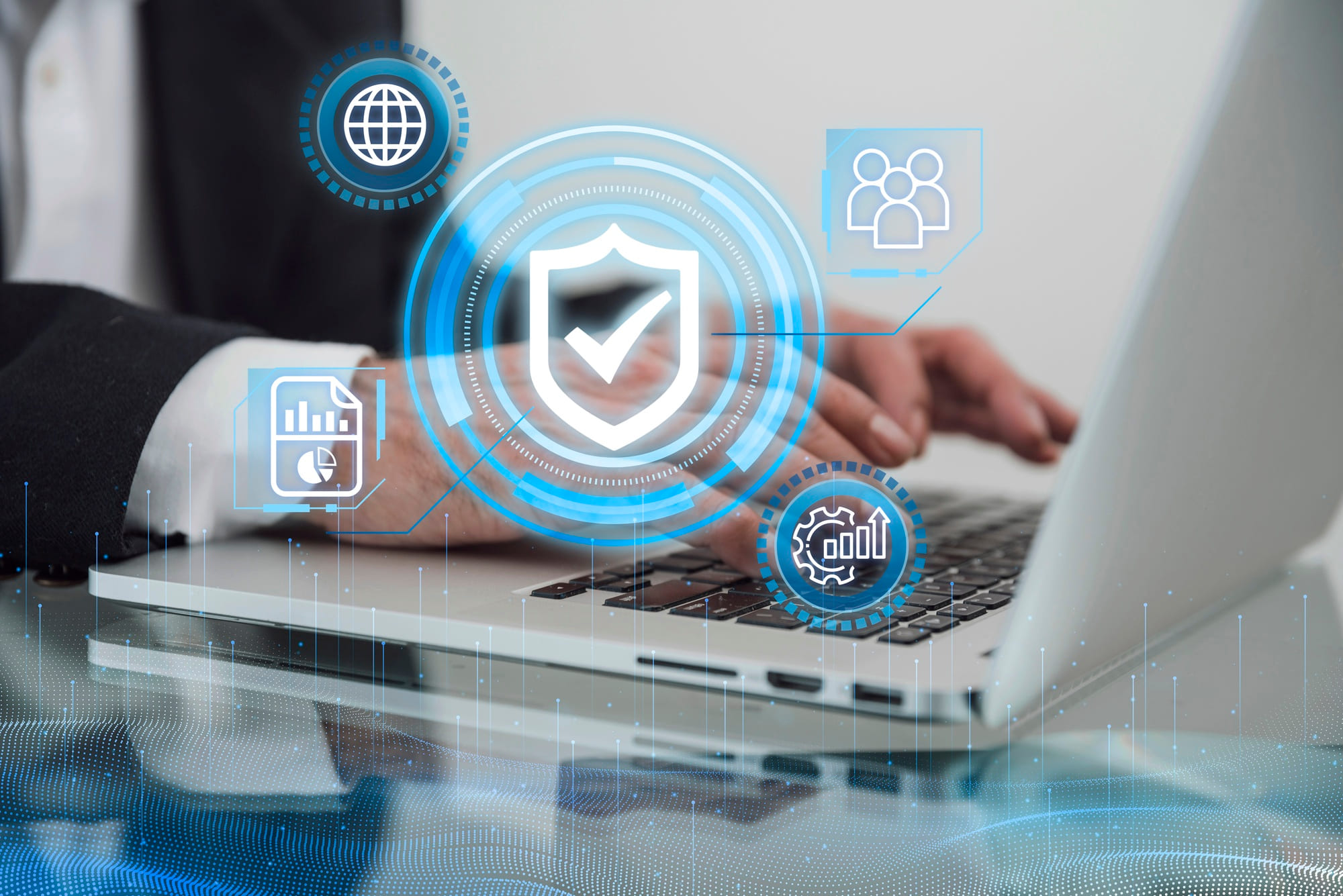
In a universe where our devices seem to take on a life of their own, the Internet of Things (IoT) is rising like a technological titan. From refrigerators that alert us when food is missing to thermostats that adjust the temperature according to our habits, the IoT revolution is here. But as we open the doors to this hyper-connected world, we also expose our vulnerabilities. How do we protect every digital door in this vast network?
The Evolution and Relevance of IoT
The Internet of Things is not a new concept, but its influence is growing stronger every day. It is estimated that by 2025 there will be more than 75 billion connected devices, a figure that highlights its penetration in homes, businesses and governments alike. These devices not only promise convenience and efficiency; they represent an extension of ourselves in a digital world.
Companies have embraced this technology with fervor, integrating it into their processes to optimize operations and deliver personalized experiences to their customers. However, with great powers come great responsibilities. This growing dependence also opens the door to cyber threats that can compromise sensitive data and affect reputations.
Understanding Cyber Risk
Every IoT device is a potential gateway for cybercriminals. They can access networks, steal information or even control devices from afar. Attacks on IoT devices have increased by 300% in recent years, underlining the urgent need for robust security measures.
The lack of adequate security in these devices is alarming. Many manufacturers focus on bringing products to market quickly, neglecting the necessary protections. This leaves end users at risk, facing devices that are more vulnerable than they appear.
Security at the Heart of IoT
Implementing security measures is crucial to protecting IoT devices. The first line of defense is to ensure that everyone has strong, unique passwords. It is not uncommon to find devices with default passwords, a feast for experienced hackers.
Updating firmware regularly is also essential. Manufacturers often release security patches to address newly discovered vulnerabilities. Ignoring these updates is like leaving a door open in our digital home.
The Role of Enterprises in Securing the IoT
Enterprises play a crucial role in securing their IoT ecosystems. They must implement strict security policies that include data encryption, multi-factor authentication and proper device management. Ongoing employee training on security best practices is also critical.
In addition, companies should consider partnerships with cybersecurity experts. These partnerships can provide security audits, identify vulnerabilities and offer customized solutions to mitigate risks.
Developers and the Responsibility to Code Safely
Developers are on the first line of defense when it comes to IoT security. They must take a proactive approach when coding, ensuring that their products are secure from the start. This includes the use of secure libraries, thorough code review and penetration testing.
Collaboration between developers and security experts is equally vital. Together, they can create solutions that are not only innovative, but also secure, protecting both businesses and consumers.
Conscious Consumers and Personal Safety
Consumers have the power to improve their IoT security by taking certain precautions. A first step is to do research before purchasing any IoT device, choosing those that have good security reviews. It is also important to disable unnecessary features that could open doors for attackers.
Regularly monitoring network traffic can alert you to suspicious activity. Tools such as firewalls and VPNs offer additional layers of protection, creating a barrier between devices and potential threats.
Antivirus and Connected Devices Protection
A good antivirus is essential for protecting connected devices. These programs not only detect and eliminate known threats, but also identify suspicious behavior that could indicate an imminent attack.
In addition, many are moving towards IoT-specific solutions, offering features such as detection of unauthorized devices on the network and analysis of anomalous traffic.
Emerging Threats and the Need for Innovation
The threat landscape is constantly evolving, driven by the increasing sophistication of attacks. From botnets that use IoT devices to launch DDoS attacks to malware that infiltrates silently, security innovation is crucial.
Companies must always be one step ahead, investing in research and development to create solutions that can anticipate and neutralize emerging threats.
Community and Security Collaboration
The fight against IoT threats is not a battle that can be fought alone. Collaboration between businesses, governments and consumers is essential to create a secure ecosystem. Sharing threat intelligence, security standards and best practices strengthens the collective defense against potential attacks.
Regulations and Standards to Protect the IoT
Regulations play a vital role in standardizing IoT security measures. Governments and international bodies must work together to establish clear and enforceable standards that force manufacturers to prioritize security.
The implementation of privacy policies is also crucial, ensuring that data collected by IoT devices is handled ethically and securely.
The Future of IoT Security
As the IoT continues to grow, so does the need for robust security. The integration of artificial intelligence and machine learning into security solutions promises a more proactive and adaptive defense, capable of identifying and neutralizing threats before they cause harm.
The future of IoT depends on our ability to innovate and adapt to an ever-changing threat landscape. Security must be the cornerstone on which we build our hyper-connected world.
Conclusion
The Internet of Things has transformed the way we live and work, offering endless opportunities and conveniences. However, its potential can only be truly realized if we address security threats effectively. From businesses to consumers, we all have a role to play in protecting our connected devices.
By taking proactive security measures, ensuring compliance and fostering collaboration, we can build an IoT ecosystem that is not only innovative, but also secure. It’s time to act and protect what’s ours in this vast digital world.


